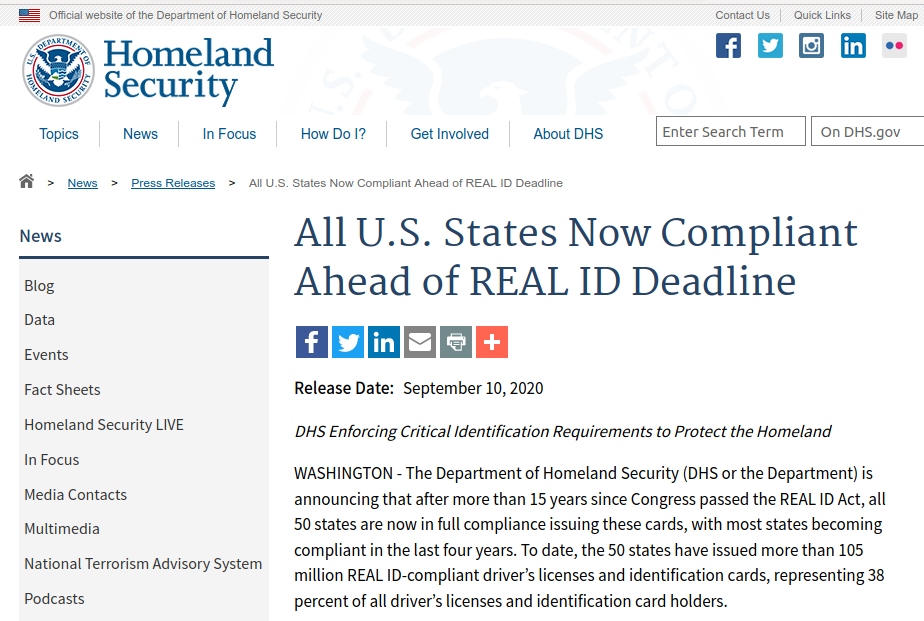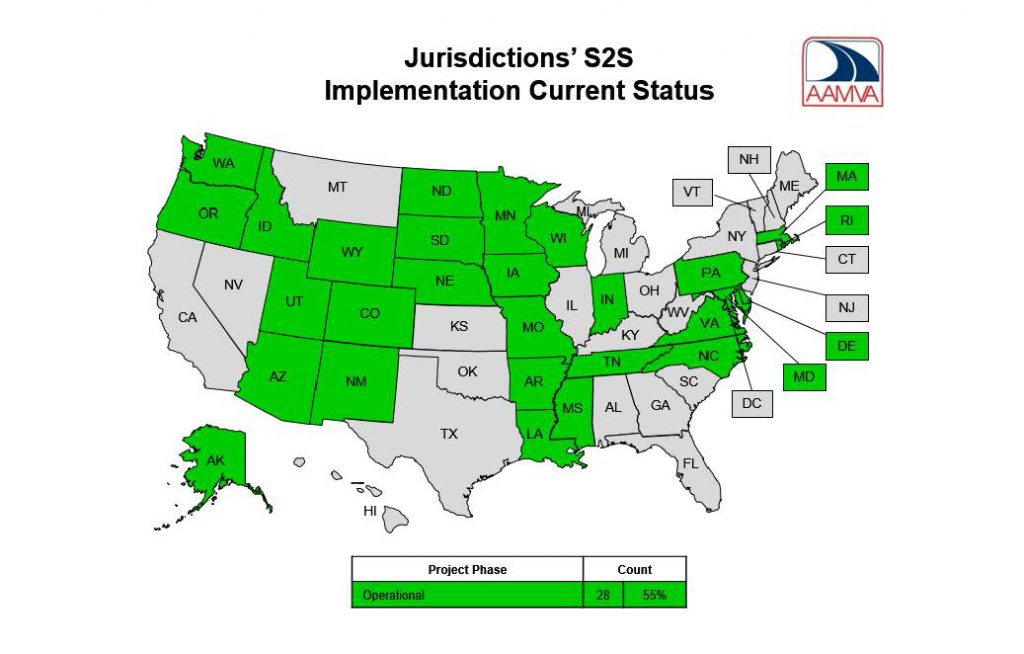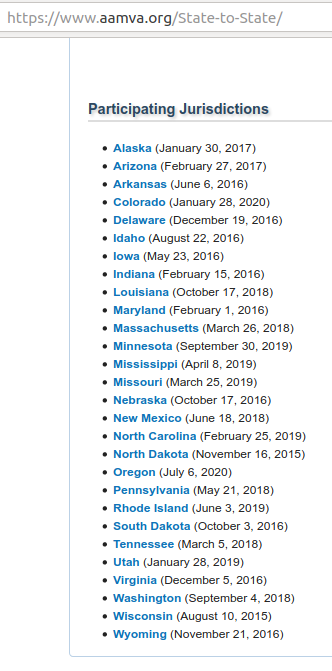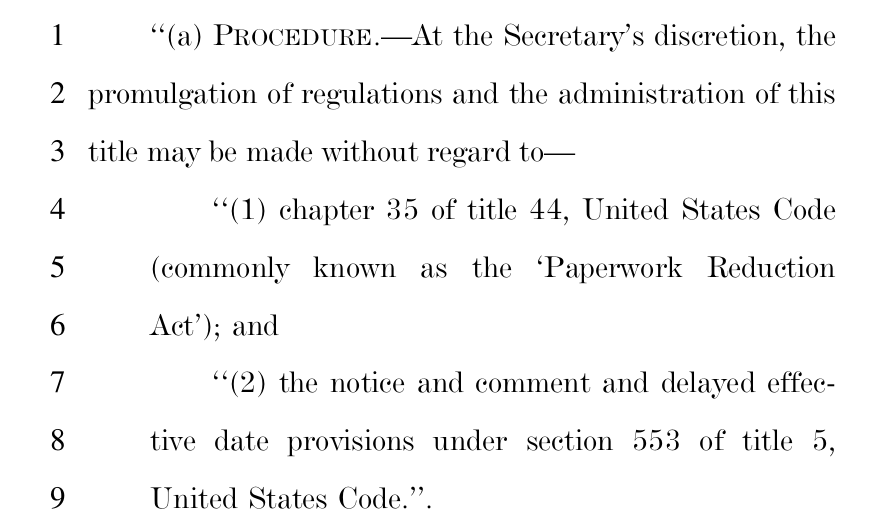Laundering Federal funding for the national ID database
The latest response to one of our Freedom Of Information Act (FOIA) requests shows the lengths to which the Federal government has gone to obscure its underwriting of the construction of a national ID database.
Supporters of a national ID database know that there is resistance to exactly that idea. So they try to pretend that there is no such thing.
They can’t credibly claim that the SPEXS database doesn’t exist, so they try to pretend (1) that this isn’t a national database but merely a distributed national network of state drivers license and ID databases (which it could be, but isn’t, since it includes a national “pointer” database with a record of personal information for each drivers’ license or state-issued ID card), (2) that this State-to-State network isn’t mandated by Federal law (a clearly false claim, since the Federal REAL-ID Act of 2005 requires that to be “compliant”, each state must “Provide electronic access to all other States to information contained in the motor vehicle database of the State”), and (3) that this network and database are being built by states, not by the Feds.
The problem with this third and last line of rhetorical defense against opposition to the creation of a national ID database is that much of the funding actually is coming from the Federal government. But the Feds have gone to great lengths to obscure their role in funding the creation of the infrastructure for a national ID scheme.
Here’s how it works:



